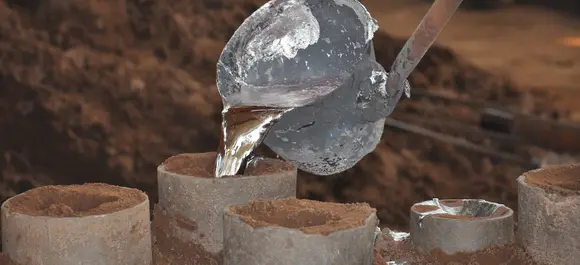Mobile:+86-311-808-126-83
Email:info@ydcastings.com
Italian
Exploring the Art and Techniques of Lost Wax Casting in Metalwork
Lost wax casting, also known as investment casting, is an ancient metalworking technique that has stood the test of time due to its ability to produce intricate and precise metal components. This method dates back to at least 5000 years ago, with evidence of its use in ancient civilizations such as the Egyptians and the Chinese. The process involves several careful steps, which combine artistry and technical skill to create detailed and finely crafted metal objects.
The journey of lost wax casting begins with the creation of a model, typically made from wax. This model is an exact replica of the final product and captures all the intricate details that the designer intended to replicate. Once the wax model is created, it is coated in a refractory material, usually a mixture of sand and clay, which forms a shell around the wax. This shell is then heated, causing the wax to melt and flow out, hence the term lost wax. The resulting hollow mold is then further heated to harden the shell and prepare it for casting.
Next, molten metal is poured into the mold through a small opening. As the metal fills the cavity left by the wax, it takes on the shape and details of the original model. After the metal cools and solidifies, the investment shell is broken away, revealing the finished piece. This method allows for incredibly detailed designs, making it ideal for producing jewelry, art pieces, and precision parts for various industries.
lost wax casting

One of the key advantages of lost wax casting is its versatility. It can be used with a wide range of materials, including gold, silver, bronze, and various alloys. This adaptability makes it a favored technique in various fields, from jewelry making to aerospace engineering. Additionally, the lost wax process is capable of producing complex shapes that would be difficult or impossible to achieve with traditional machining methods.
Despite its ancient origins, lost wax casting remains relevant today due to advancements in technology. Modern techniques, such as computer-aided design (CAD) and 3D printing, have streamlined the design and production phases, allowing for even greater precision and efficiency. Artists and manufacturers continue to explore its possibilities, creating everything from bespoke art pieces to high-performance engineering components.
In conclusion, lost wax casting is a time-honored technique that blends creativity with technical expertise. Its ongoing evolution illustrates its significance in both artistic and industrial applications, ensuring that this method remains a vital part of metalworking for generations to come. Whether in the form of stunning jewelry or critical machinery parts, the legacy of lost wax casting is undoubtedly enduring.











